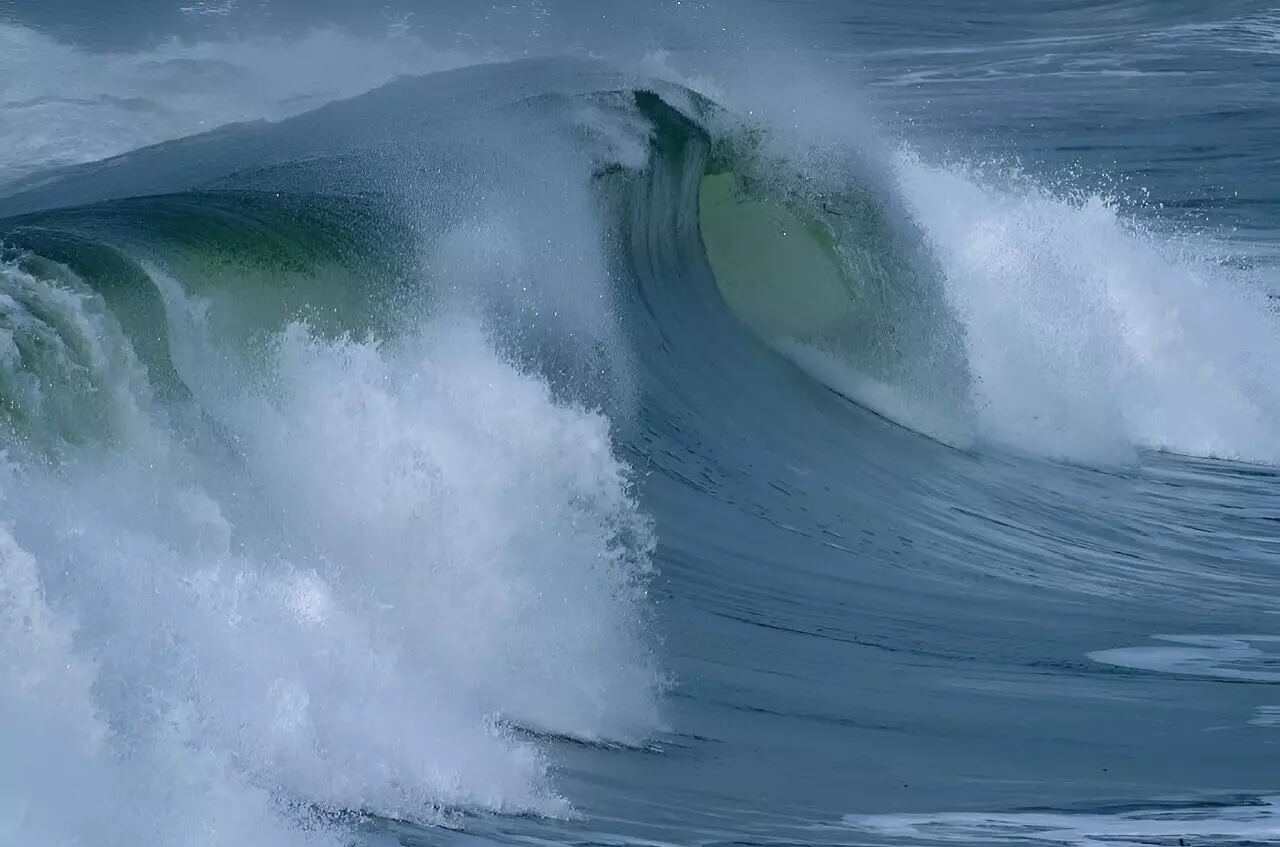Recent advancements in marine technology have led to a groundbreaking tool designed to predict the formation of rogue waves—those formidable and often life-threatening waves that can arise unexpectedly at sea. Researchers Thomas Breunung and Balakumar Balachandran presented their transformative discovery in a study published in *Scientific Reports*. This innovative tool promises to change how maritime activities are conducted, potentially saving lives and preventing significant property damage.
Rogue waves, defined as massive waves that can reach heights of up to 60 feet and carry immense destructive power, have historically been a subject of intrigue among oceanographers. The unpredictability associated with these waves makes them particularly dangerous for maritime operations. Breunung and Balachandran’s tool leverages artificial intelligence, specifically a neural network trained to differentiate between regular ocean waves and those likely to precede a rogue wave. By utilizing extensive datasets derived from buoy measurements, they aim to enhance navigational safety for vessels traversing treacherous waters.
Transforming Data into Predictive Insights
What sets this research apart is the robust dataset underpinning the neural network’s training. The authors analyzed an impressive 14 million thirty-minute-long samples of sea surface elevations taken from 172 buoys scattered along the continental United States and Pacific Islands. This extensive data collection ensures that the neural network can learn from a wide range of oceanic conditions, thereby refining its accuracy in predictions.
The initial results are promising. The tool achieved a remarkable 75% accuracy rate in forecasting rogue waves one minute into the future, and retained a 73% accuracy at the five-minute mark. Even more compelling is its ability to predict rogue wave occurrences near buoys that were not part of the training dataset, which also yielded a 75% accuracy. This aspect indicates the tool’s potential adaptability, a critical requirement in real-world maritime conditions where variables can change swiftly and without warning.
Future Possibilities and Enhancements
The authors assert that while the initial findings are encouraging, there is significant room for improvement. By incorporating additional parameters such as water depth, wind conditions, and wave location, they believe the predictive capabilities can be further enhanced. This suggestion points to a broader trend in marine safety research: an increasingly comprehensive understanding of the ocean’s dynamics is paramount.
Moreover, there remains the tantalizing potential to predict not only the occurrence of rogue waves but also their heights and precise timings. Such advancements could transform emergency response protocols on ships and offshore platforms, allowing crews to take actionable steps—such as deploying emergency shutdowns or seeking refuge—well before the waves hit.
The implications of Breunung and Balachandran’s work extend far beyond academic curiosity. If successfully integrated into maritime operations, this tool could significantly increase safety, reduce accidents, and ultimately foster a more robust maritime industry that is better prepared for the unpredictable nature of the ocean.


Leave a Reply